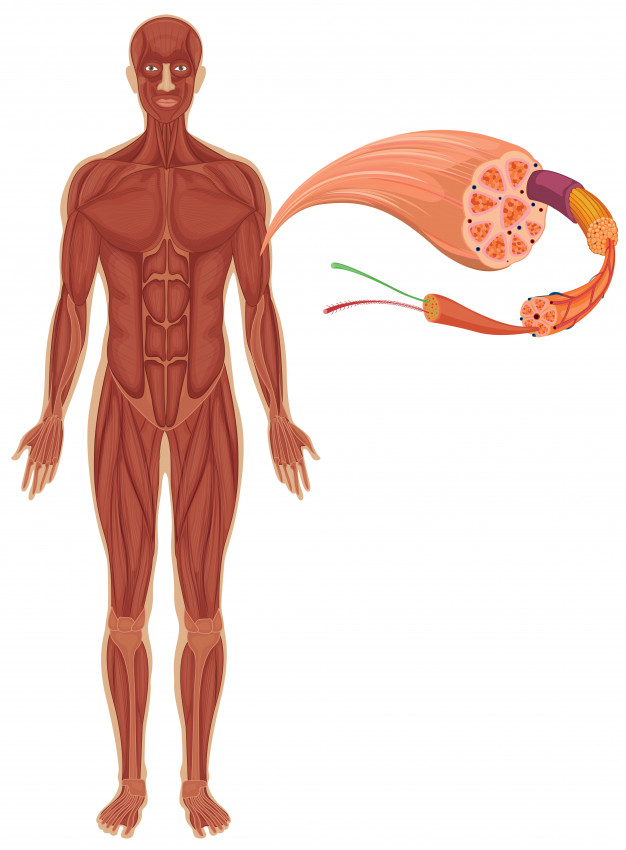
A graduate of the Georgetown University School of Medicine, John Macoviak MD MBA is a former associate professor of cardiothoracic surgery at Harvard Medical School. John Macoviak MD MBA co-authored articles in several medical publications, including “Electrical conditioning of in situ skeletal muscle for replacement of myocardium.”
Also referred to as the cardiac muscle, the myocardium constitutes most of the heart and is known for the role it plays in the contraction of the heart. Due to the important roles performed by these cells, death of cardiac muscles in the heart can result in complications. To address these cases, surgical intervention may be necessary. Some approaches rely solely on the replacement of dead cardiac muscle cells.
Research conducted in-vivo investigated the efficacy of replacing dead cardiac muscle cells with electrically stimulated skeletal muscle cells from the right diaphragm of test subjects. Skeletal muscles are different from cardiac muscles and are responsible for voluntary movements. During the study, electrical frequencies of 2Hz and 10Hz were used for stimulation over a period of 135 days. The researchers discovered that almost all fast-twitch and easily fatigued muscle cells (known as type I) transformed into slow-twitch and fatigue-resistant muscle cells (type II) with a significant increase in the thickness of stimulated muscles.
Muscle cells that were electrically stimulated at 10Hz contracted vigorously and showed no symptoms of fatigue throughout the study. The conclusion suggested that skeletal muscles of the diaphragm may be a more suitable autograft (grafts gotten from recipient) for replacement of defective or dead cardiac muscle cells.